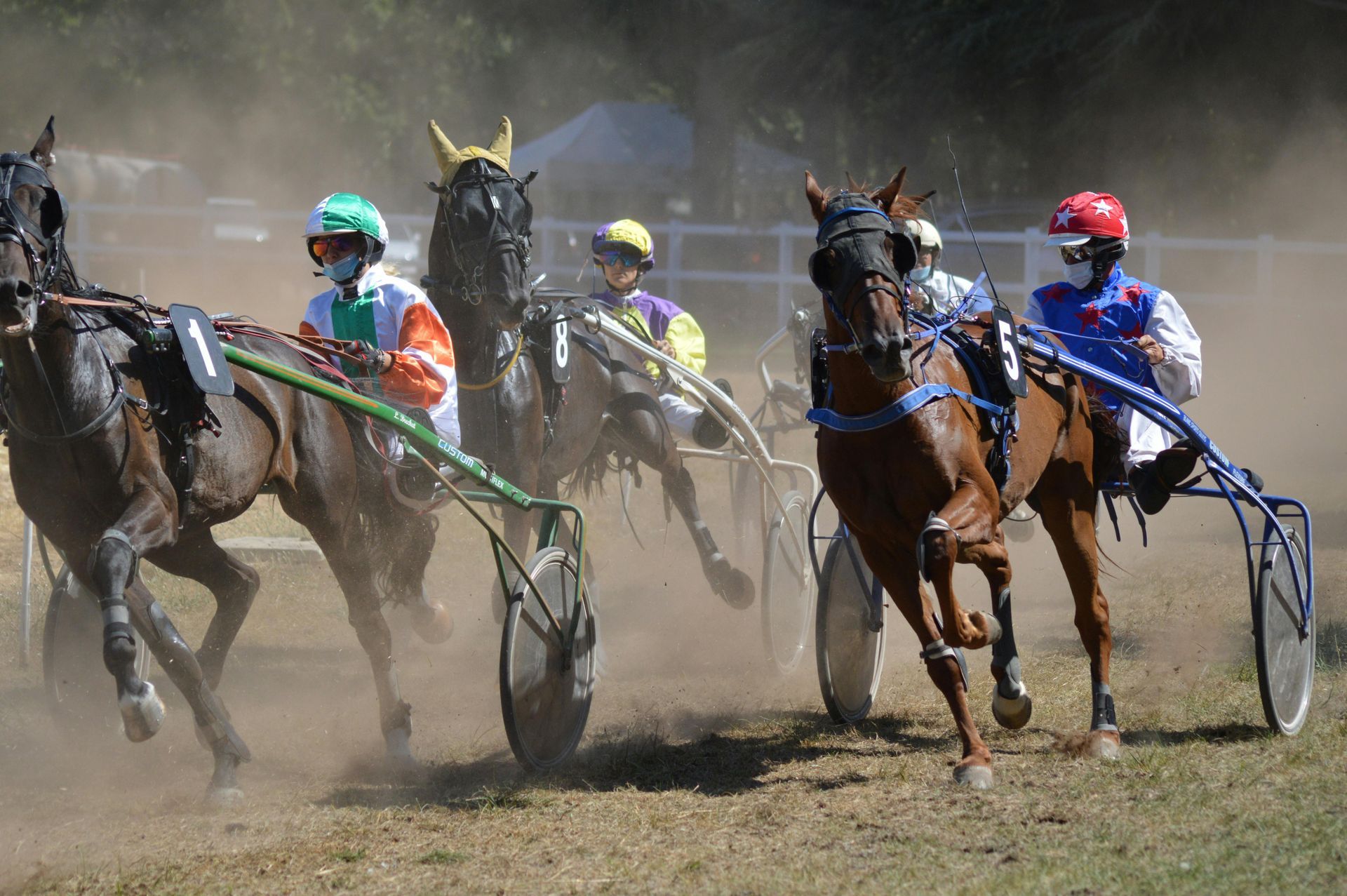On the Track and by the Rules: Demystifying Harness Racing Regulations

Harness racing, a thrilling blend of speed, strategy, and horsemanship, is governed by a comprehensive set of rules that ensure fairness, safety, and the integrity of the sport. While the sight of horses and sulkies flying around the track is captivating, understanding the regulations behind the action adds a deeper layer of appreciation for this unique form of racing.
Let's delve into the core racing rules that dictate the conduct of harness races:
1. Starting Procedures: Setting the Stage for Fair Competition
- Starting Gate: Harness races typically employ a mobile starting gate, a motorized vehicle with folding wings that guide the horses into a synchronised start. This ensures a fair and even launch for all participants.
- Pacing or Trotting Gait: Horses must maintain their designated gait (pacing or trotting) throughout the race. Breaking gait, such as galloping, can result in penalties or disqualification.
- Positioning: Horses are assigned starting positions based on various factors, including their past performance. Drivers must adhere to these positions as they approach the starting gate.
- False Starts: If a horse breaks gait or the starting gate malfunctions, a false start may be declared, and the race will be restarted.
2. Conduct During the Race: Navigating the Track with Skill and Strategy
- Maintaining Gait: As mentioned, maintaining the designated gait is paramount. Drivers must skillfully manage their horses to prevent them from breaking gait.
- Driving Lines: Drivers must adhere to designated driving lines, avoiding interference with other horses or drivers.
- Passing Rules: Rules govern how drivers can pass other horses, ensuring safe and fair maneuvers.
- Interference: Deliberate interference with another horse or driver is strictly prohibited and can result in penalties or disqualification.
- Inside vs Outside: Track position is important, and rules govern when a horse can move from an outside to inside position, and vice versa.
3. Finishing Procedures: Determining the Victor
- Finish Line: The race is officially over when a horse's nose crosses the finish line.
- Photo Finish: In close finishes, a photo finish system is used to determine the winner with precision.
- Post-Race Procedures: After the race, horses and drivers are subject to post-race checks, including drug testing and equipment inspections.
4. Equipment and the Use of Whips: Balancing Performance and Welfare
- Sulky: The sulky, the two-wheeled cart pulled by the horse, must meet specific safety and design standards.
- Harness: The harness used to connect the horse to the sulky must also comply with regulations.
- Whips: The use of whips is strictly regulated to ensure the welfare of the horses. Rules dictate the type of whip allowed, the manner in which it can be used, and the frequency of its use.
- Other Equipment: Other equipment, such as blinkers and hopples, may be used, but must comply with regulations.
Why These Rules Matter
- Fairness: The rules ensure a level playing field for all participants, regardless of their experience or resources.
- Safety: The rules prioritise the safety of horses and drivers, minimising the risk of accidents and injuries.
- Integrity: The rules uphold the integrity of the sport, preventing cheating and unethical practices.
- Animal Welfare: The rules protect the welfare of the horses, ensuring they are treated humanely and raced responsibly.
Harness racing is a sport that demands skill, strategy, and respect for the rules. By understanding the regulations that govern the conduct of races, we gain a deeper appreciation for the athleticism and dedication of the horses and drivers who participate in this thrilling sport.










